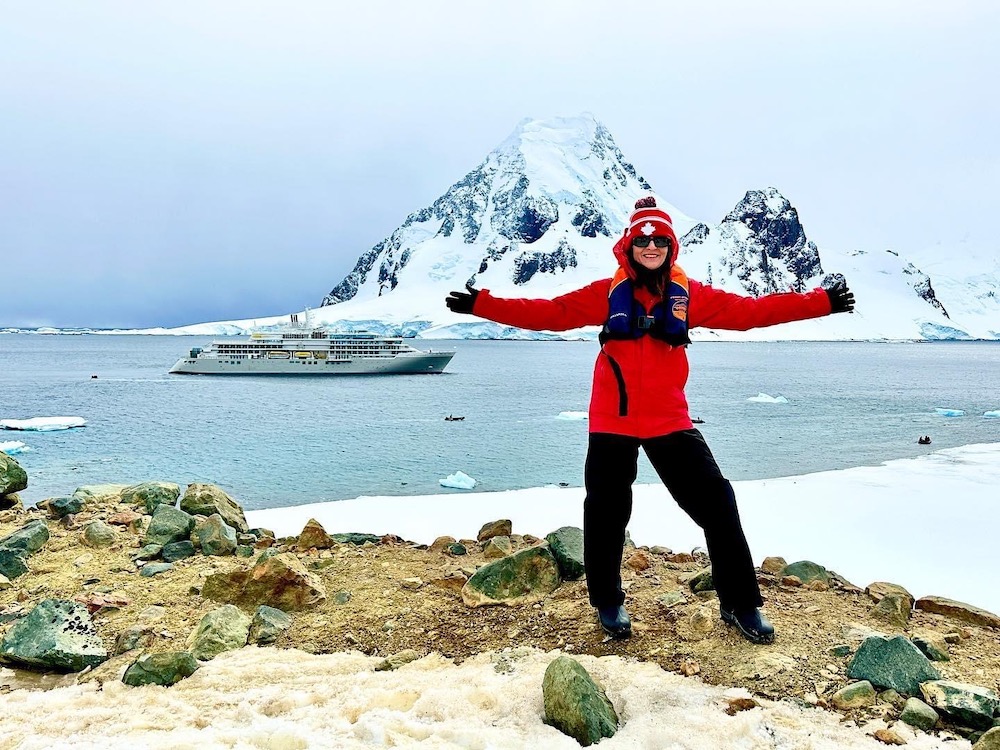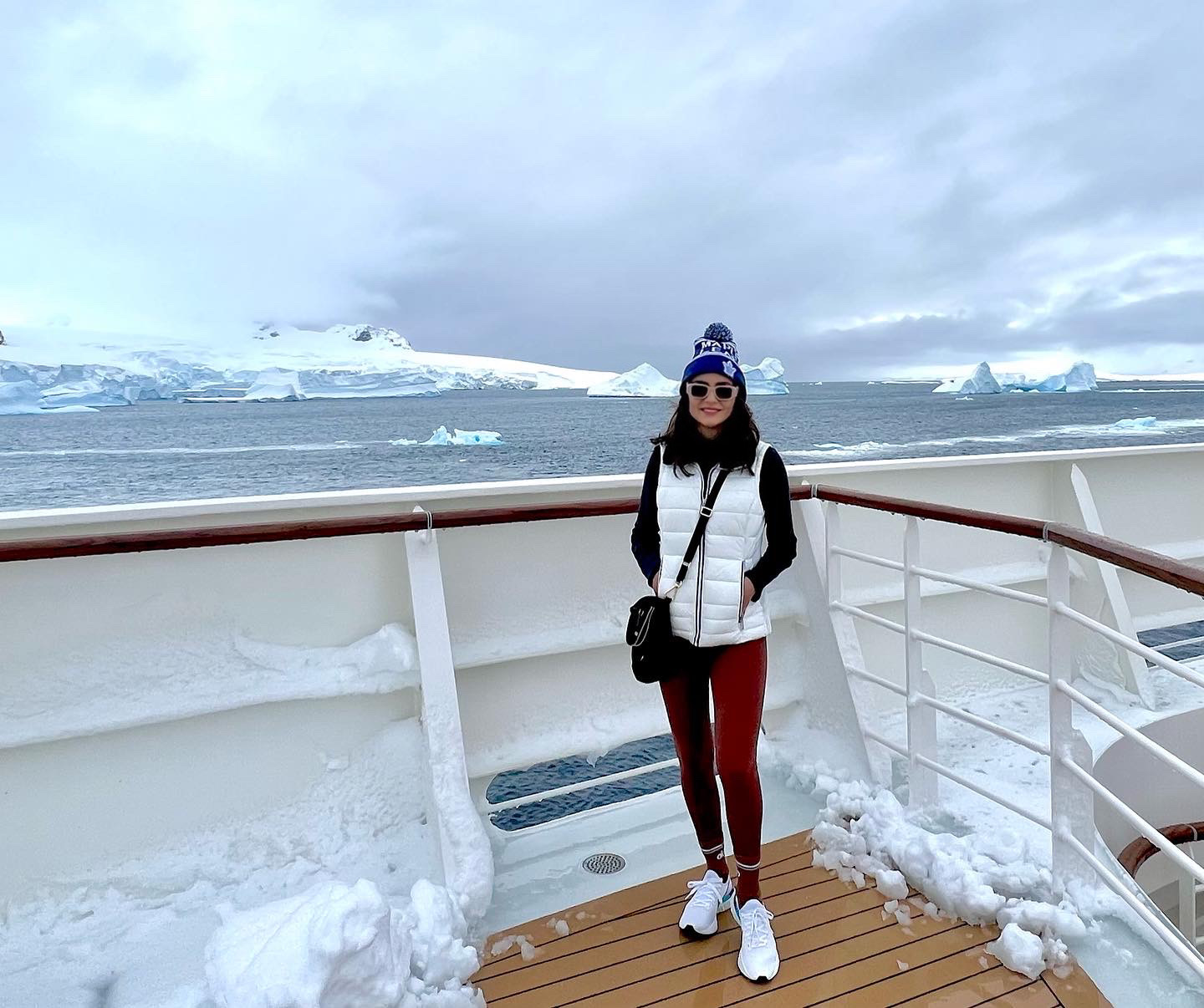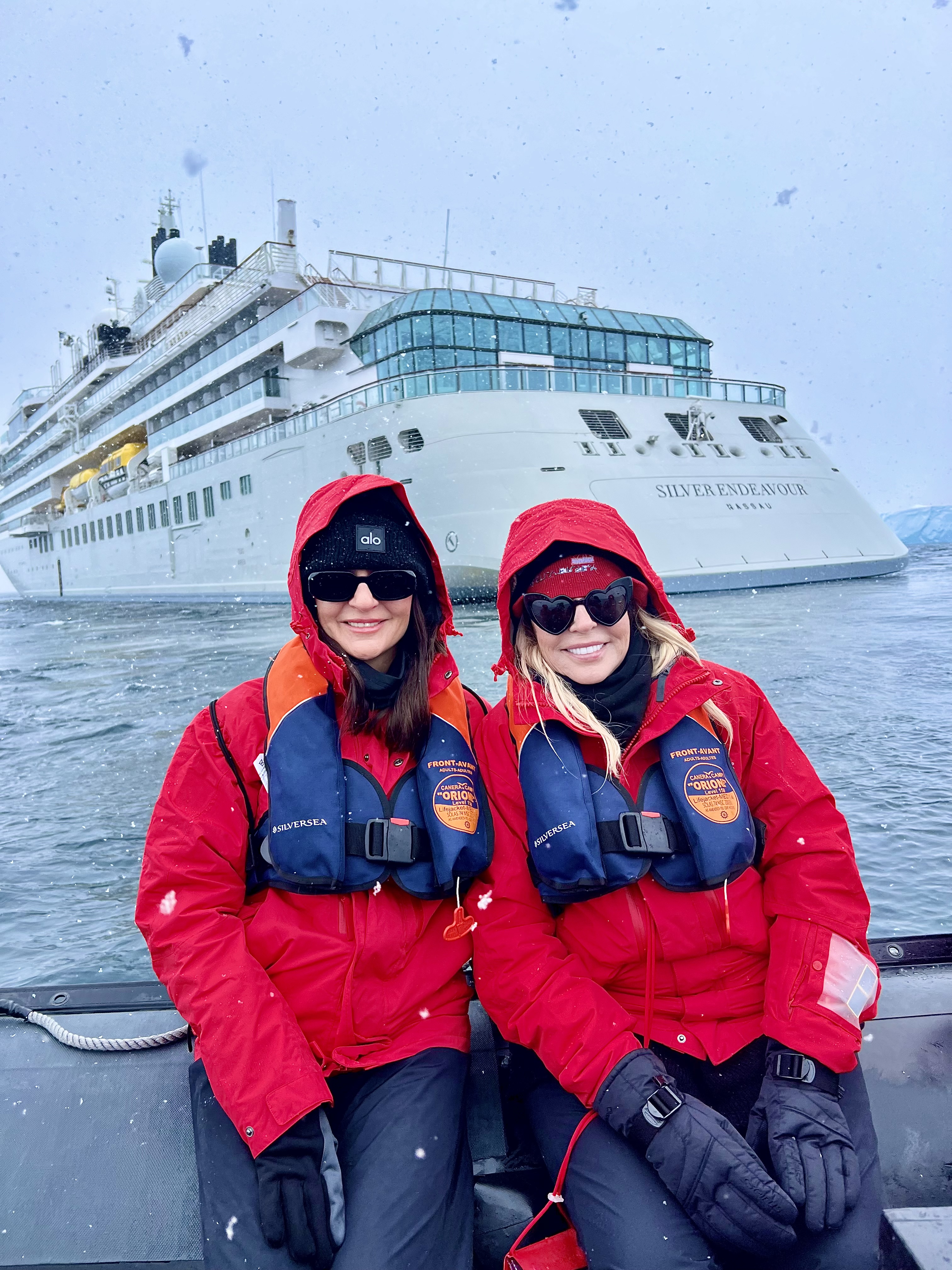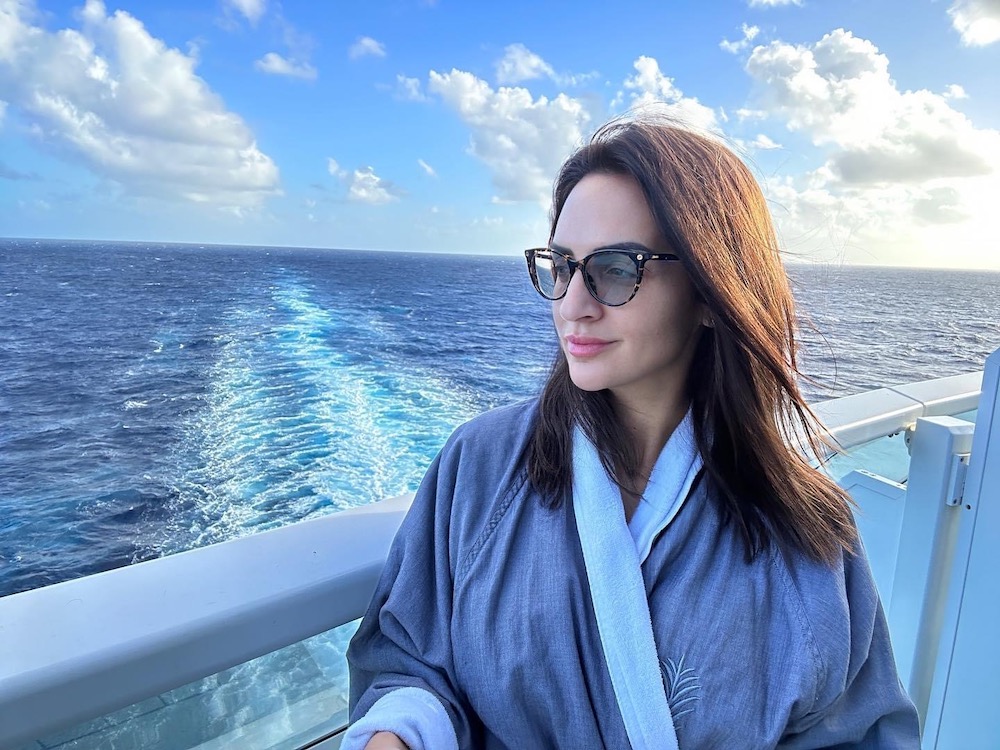Travel Week: Expedition cruising: What is it and how do you sell it?
By Cindy Sosroutomo | 01-29-2024 |
With travel back in full swing, people are once again venturing further afield and dropping a pretty penny to do it.
We know this because domestic travel, which reached its peak during the early pandemic years, has declined, with new data from KAYAK showing an 80% drop in searches for North America destinations. Searches for international airfare, however, are up 45% year-over-year. A recent survey by travel search engine Skyscanner also found that over a quarter (27%) of Canadians polled said they plan on taking three or more vacations in 2024, up from 17% in 2023. Not only that but they’ll be spending more, too, with 35% of respondents planning on increasing their travel budgets this year.
All this make for prime conditions for expedition cruising to continue its growth trajectory in 2024. And make no mistake – expedition cruising is positively booming despite still being relatively new. In Allianz Partners’ recent survey of travel advisors, more than 75% of customer bookings were for cruises, with the expedition cruise market specifically earning repeat business as most passengers indicated a desire to book another for a future trip.
But expedition cruising comes with its own set of challenges. First, it’s not cheap, with cruises venturing to some of the world’s most remote and faraway destinations. Second, it may not be for everyone, with an adventure component that could deter those who want nothing more than to relax, eat and play onboard the ship.

So how do travel agents sell expedition cruising to the right client? Caroline Hay, General Manager, Cruise at Trevello, tells Travelweek that it’s not a one-size-fits-all approach.
“As a travel advisor, it’s crucial to qualify each client by asking specific questions about what they want from their experience. This ensures that the recommendations are tailored to their desires,” she says.
“Expedition cruises vary significantly in terms of cruise lines and ships, and through your qualifying questions, you can match them with the cruise that best fits their individual needs. It’s not just about selling a cruise; it’s about crafting an experience that aligns with what the client is seeking from their journey in remote and off-the-beaten-path destinations,” adds Hay.
Cheri Ozimac, a Senior Travel Designer at Tully Luxury Travel, says expedition cruises, which typically accommodates less than 200 passengers onboard, is perfect for clients who don’t want a big ship and who’ve been to most other places in the world and now want to go to more remote places.
“These are bucket-list destinations, which means expedition cruising can appeal to an active traveller as there are various activities they can do, like hiking and kayaking. But it’s important to note that being active isn’t a requirement – at minimum, you just need to be able to get into a Zodiac and climb a few stairs. So in this way, expedition cruising does appeal to a wide variety of travellers,” says Ozimac.

What is expedition cruising?
As its name suggests, expedition cruises typically sail to more remote and adventurous destinations like Antarctica, the Polar regions and the Galapagos. But according to Hay, expedition ships sail all around the world, with Trevello “seeing some growth in areas such as South Pacific, Africa, Alaska and the Caribbean.”
Expedition cruises are able to sail to more seldom-visited regions of the world because they use smaller, more intimate ships that carry anywhere between 16 and 250 passengers. In addition to adventure and exploration, they also focus on education, with many expedition cruise lines including a team of experts in areas like marine biology, conservation and photography onboard to provide lectures and enhance the guest experience.

What do most cruisers want?
Ask Ozimac, who specializes in luxury cruising, and she’ll tell you that expedition cruisers all want the same things.
“Wet landings onto the shore to walk around, experienced guides and, above all, safety,” she says. “Our luxury clients want all this but with the creature comforts of a luxury cruise.”
Hay also agrees, adding that expedition cruisers want onboard amenities and offshore excursions “that enhance their experience of remote destinations in a sustainable and responsible way.” They’re also seeking “intimate, educational opportunities to learn about the regions they visit, close encounters with wildlife, and activities that respect the local ecology and culture.”
Questions to ask when comparing expedition cruise lines
There’s a growing number of cruise lines that offer expedition cruises, including Lindblad Expeditions, HX (Hurtigruten Expeditions), Silversea, PONANT, Atlas Ocean Voyages, Viking and more. Many go to the same remote places, all promise adventure and bucket-list experiences. So how does a travel agent compare one line from the other?
“Ask about the history of the cruise line in the region, how many guides and naturalists that are onboard, and what’s included in the voyage, like parkas, pants and boots,” says Ozimac. “Agents should also do the training offered by cruise lines, and if possible, go on the cruise yourself as there’s nothing like firsthand knowledge.”
Education is key, concurs Hay, who suggests starting out by learning the main players in the expedition segment and where they sail to.
“Then reach out to your BDM/Sales Managers to look into what’s trending and what’s selling from the Canadian market. Travel advisors need to spend time understanding the inclusions, destinations, expedition guide availability and geographic restrictions,” says Hay.

Which cruise lines to recommend
When asked what her top three expedition cruise lines to book with are, Ozimac did one better by recommending the exact ship to book with each.
“Silversea's Endeavor, Seabourn's Venture, and PONANT's Le Commandant Charcot all offer top-notch, luxury, all-inclusive expedition cruises,” she says. “I’ve actually sailed aboard the Silver Endeavor to Antarctica and absolutely loved the size of the ship and its suites. It has the dreamiest mud room, our suite had heaters on the balcony and the food was top notch. But what I loved most about the cruise was the expedition team. They always made sure we got to shore and had a backup plan if the weather didn’t cooperate.”
Hay, on the other hand, says it’s impossible to pick favourites, adding that she can think of at least 15 different companies specializing in expedition cruising, each providing experiences that are distinct and tailored to varying tastes and preferences.
“The growth in expedition cruising over recent years reminds me of the growth seen over 20 years ago in the river cruise market. This surge in popularity has resulted in a broad array of options, making expedition cruises more accessible to a wider range of clients. So when it comes to recommending one company over another, it can be a challenging task.”
Value tips for clients
You get what you pay for, as they say, which is why expedition cruising often comes with a hefty price tag. The opportunity to see the world’s most remote and fascinating destinations while sailing in the lap of luxury should be priced accordingly, with cruises running anywhere from around $2,000 to upwards of over $10,000. So selling an expedition cruise to the right client is paramount.
“Clients who express interest in this type of adventure typically have a general understanding of the pricing involved, so our primary objective is to assist them in finding the ideal expedition cruise experience that aligns with their expectations and financial capabilities,” says Hay.
“Instead of defending the expense of expedition cruising, advisors need to attentively listen to their clients’ desires and requirements and then guide them towards the most suitable options within their budget. This guidance may involve exploring opportunities such as early booking discounts, inclusive packages, group reservations, off-peak travel periods, special promotions and personalized itineraries, all aimed at helping them make the most of their expedition cruise while staying within their financial limits,” she adds.
To save her clients a bit of money, Ozimac recommends booking an expedition cruise in the off-season, like November for Antarctica, and to check for promotions. But her #1 value tip for expedition cruisers?
“Don’t splurge on the room because you won’t be in it much,” she says. “You’ll want to be on the public deck so you can see both sides of the ship and take in all that magnificent scenery.”
Read the full story on Travel Week







